Everything You Should Know to Increase Vitamin D Levels
Did you know that despite living in one of the sunniest countries, 80% of Indians are vitamin D deficient? How is this possible, and more importantly, why should we care?
In this blog, we’ll explore why vitamin D is essential for your overall health, what causes vitamin D deficiency, and most importantly, how you can increase vitamin D levels easily and effectively.
Why Vitamin D is Crucial for Your Health?
Vitamin D is far more than just a nutrient for bone health. Here’s why you need to increase vitamin D levels:
- Boosts Immunity: Activates immune cells like T-cells and macrophages, enhancing the body's defense against infections and inflammation.
- Supports Cardiovascular Health: Helps regulate blood pressure and improves heart function by supporting blood vessel health.
- Improves Mood: Increases serotonin levels in the brain, helping reduce symptoms of depression, fatigue, and stress.
- Strengthens Muscles: Supports muscle function by enhancing calcium absorption, reducing the risk of falls, especially in older adults.
- Acts as a Prohormone: Unlike many other vitamins, vitamin D is converted into a hormone in the body. This hormone regulates calcium and phosphorus levels, supporting bone health, immune function, and more.
Without sufficient vitamin D, your body struggles to perform many of these essential functions, making it critical to increase vitamin D and maintain optimal levels.
Why Are So Many People Vitamin D Deficient?
Despite its importance, vitamin D deficiency remains widespread. Some of the most common reasons for deficiency include:
-
Limited Sunlight Exposure: Urban lifestyles, long hours spent indoors, and limited sunlight exposure significantly reduce the skin’s ability to absorb sufficient UVB rays, which are essential for the production of vitamin D.
-
Skin Pigmentation: Darker skin contains more melanin, which provides natural protection against UV rays but also reduces the skin’s ability to produce vitamin D. However, with adequate sunlight exposure, individuals with darker skin can still maintain healthy vitamin D levels.
-
Age and Health Conditions: As we age, the body’s ability to absorb and activate vitamin D declines. Additionally, individuals with certain health conditions, such as liver or kidney disease, may face challenges in converting vitamin D into its active form, further exacerbating the deficiency.
- Dietary Gaps: Vitamin D is not abundantly found in most foods, making it difficult for individuals to meet their daily vitamin D requirements through diet alone. Foods that naturally contain vitamin D are limited, and many people fail to consume enough of them.
Science Behind Vitamin D Production: Simplified
Vitamin D is often called the "sunshine vitamin" because its production in the body begins when sunlight hits your skin. Here’s how it works, explained for everyone:
-
Your skin contains a compound called 7-dehydrocholesterol (7-DHC). When exposed to ultraviolet B (UVB) rays from sunlight, this compound transforms into pre-vitamin D3, which is later converted into the active form of vitamin D3 by your body.
-
Studies show that the production of pre-vitamin D3 and vitamin D3 reaches its peak between 11 a.m. and 2 p.m, the time of day when UVB rays are strongest. This remains consistent throughout the year, making this window ideal for maximizing natural vitamin D production.
- The conversion of 7-DHC to pre-vitamin D3 depends on several factors, including the intensity of sunlight, skin type, and duration of exposure. On the same note prolonged exposure does not increase vitamin D, as excessive UVB rays can break down pre-vitamin D3 into inactive compounds.

Symptoms of Vitamin D Deficiency
Vitamin D deficiency often goes unnoticed until it leads to more severe health issues. Watch out for these subtle signs:
- Persistent fatigue and weakness
- Frequent illnesses or infections
- Bone pain or muscle cramps
- Mood swings or feelings of depression
- Delayed wound healing
If you experience any of these symptoms, it’s essential to get your vitamin D levels checked to increase vitamin D and address any deficiency.
How to Detect Vitamin D Deficiency (Blood Test)
The most reliable way to confirm a deficiency is through a blood test measuring 25-hydroxvitamin D levels.
- Normal Levels: 30–50 ng/mL
- Deficiency: Below 20 ng/mL
- Insufficiency: Between 20–29 ng/mL
If your levels are below the optimal range, taking steps to increase vitamin D is crucial for restoring healthy levels.
How to Treat Vitamin D Deficiency and Maintain Healthy Levels
If blood tests show a vitamin D deficiency, supplementation is necessary to restore normal levels. For ongoing support, supplements with a balanced blend of vitamin D3, magnesium, and vitamin K2-7 can help maintain optimal levels by enhancing absorption and calcium utilization.
To sustain healthy levels, incorporate vitamin D-rich foods like fatty fish, egg yolks, and fortified dairy products into your diet, along with regular sunlight exposure and a well-rounded supplementation routine.
How to Maintain Healthy Vitamin D Levels
Maintaining optimal vitamin D levels doesn’t have to be difficult. Here are some easy steps you can take to increase vitamin D:
-
Spend Time Outdoors: Aim for 15–20 minutes of midday sunlight daily (between 11 a.m. and 2 p.m.) is best for vitamin D synthesis. However, don’t overdo it—prolonged exposure can harm your skin. After 15–20 minutes, or usually within an hour, apply sunscreen to protect yourself from UV damage.
- Incorporate Vitamin D-Rich Foods: Foods like fatty fish (salmon, mackerel), fortified dairy products, eggs, and mushrooms can help increase vitamin D levels.

-
Take Supplements: For optimal effectiveness, choose supplements that combine magnesium, calcium, and vitamin K2-7, as these nutrients work synergistically with vitamin D to enhance absorption and support overall health.
Key Take Away:
Vitamin D plays a vital role in nearly every aspect of your health, from immunity and mood to bone and muscle strength. While sunlight and diet can help maintain healthy levels, treating a deficiency requires a more targeted approach. By understanding your body’s needs and taking proactive steps to increase vitamin D, you can unlock a healthier, more energetic version of yourself. Don’t wait for symptoms to appear—take action now and make vitamin D a priority in your wellness journey.



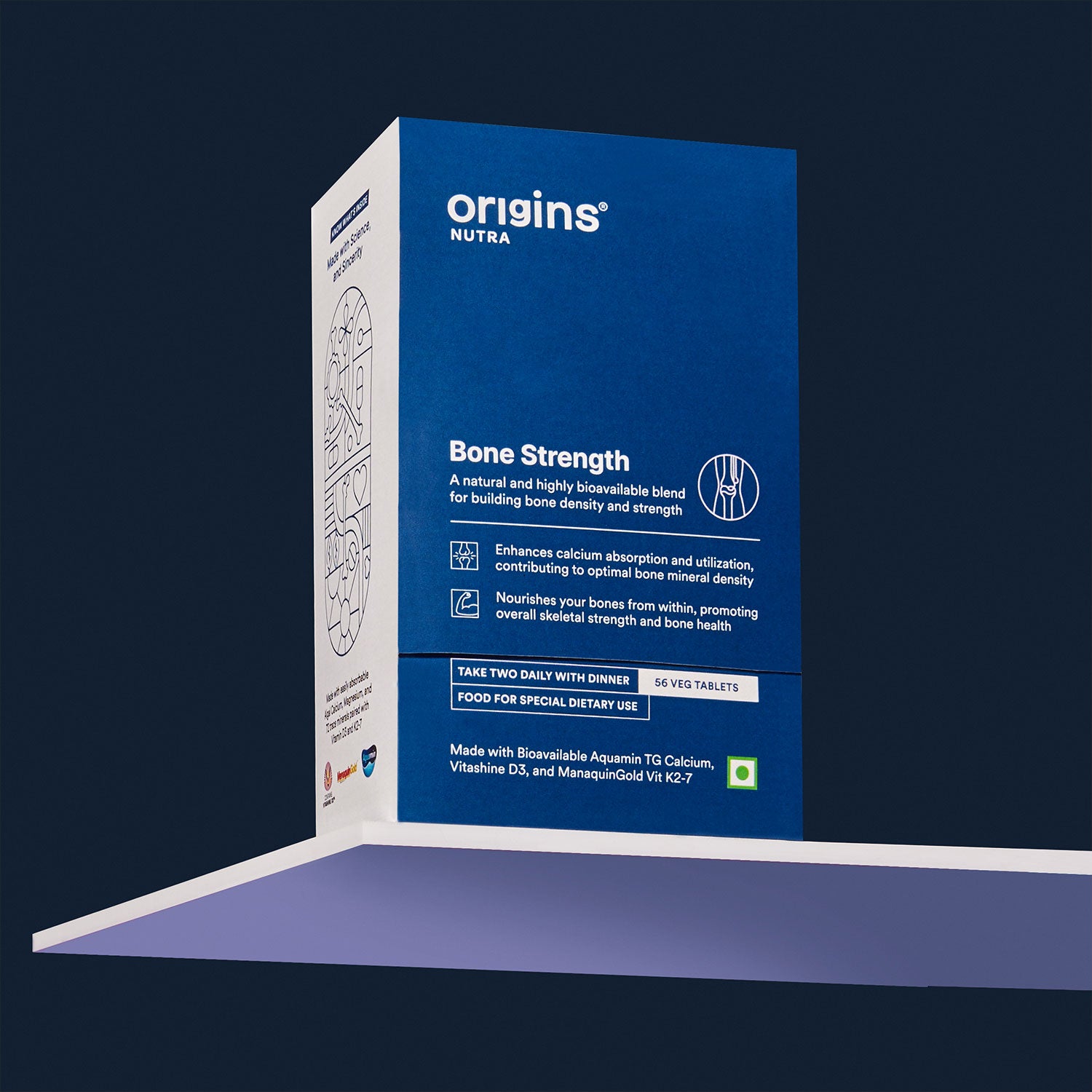
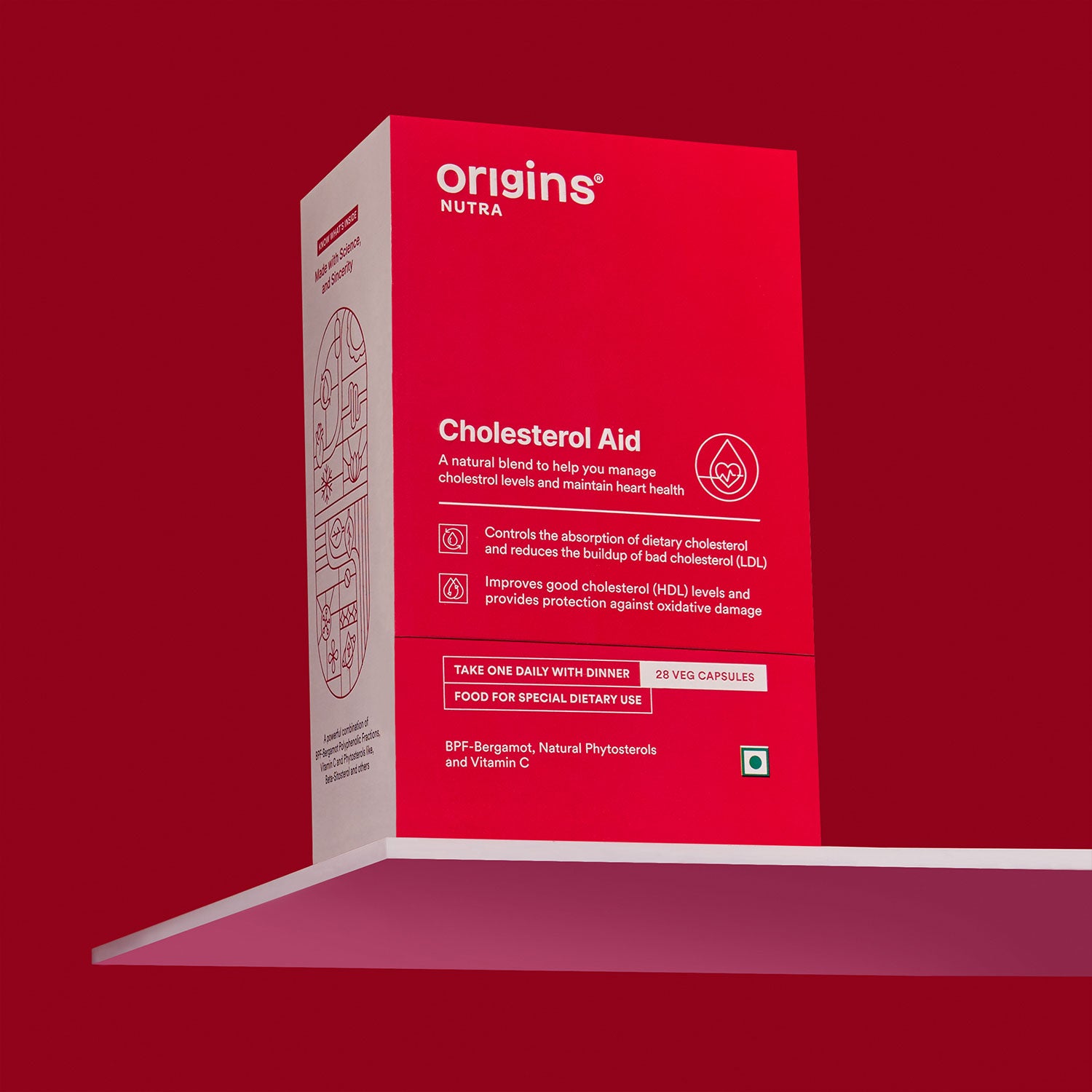
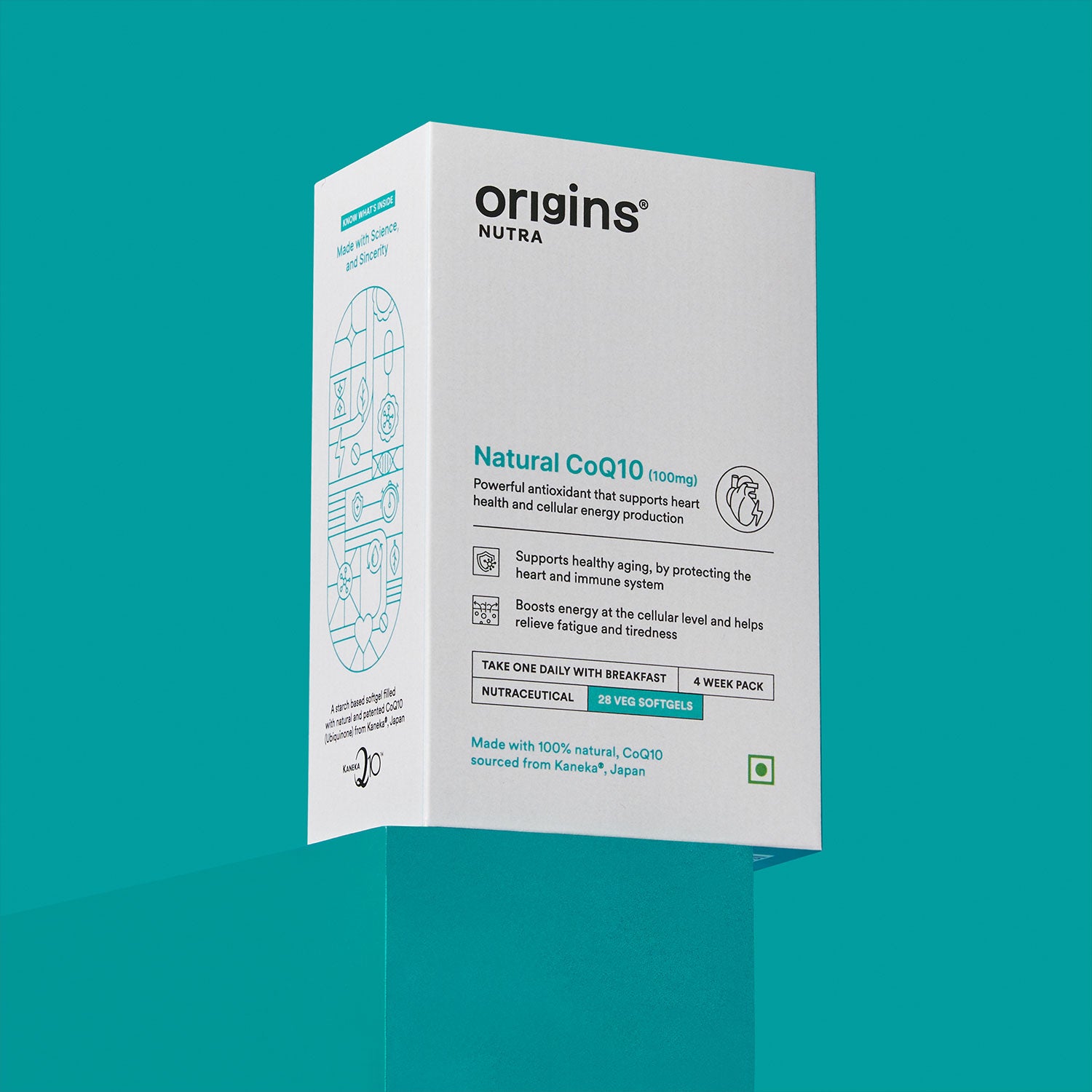
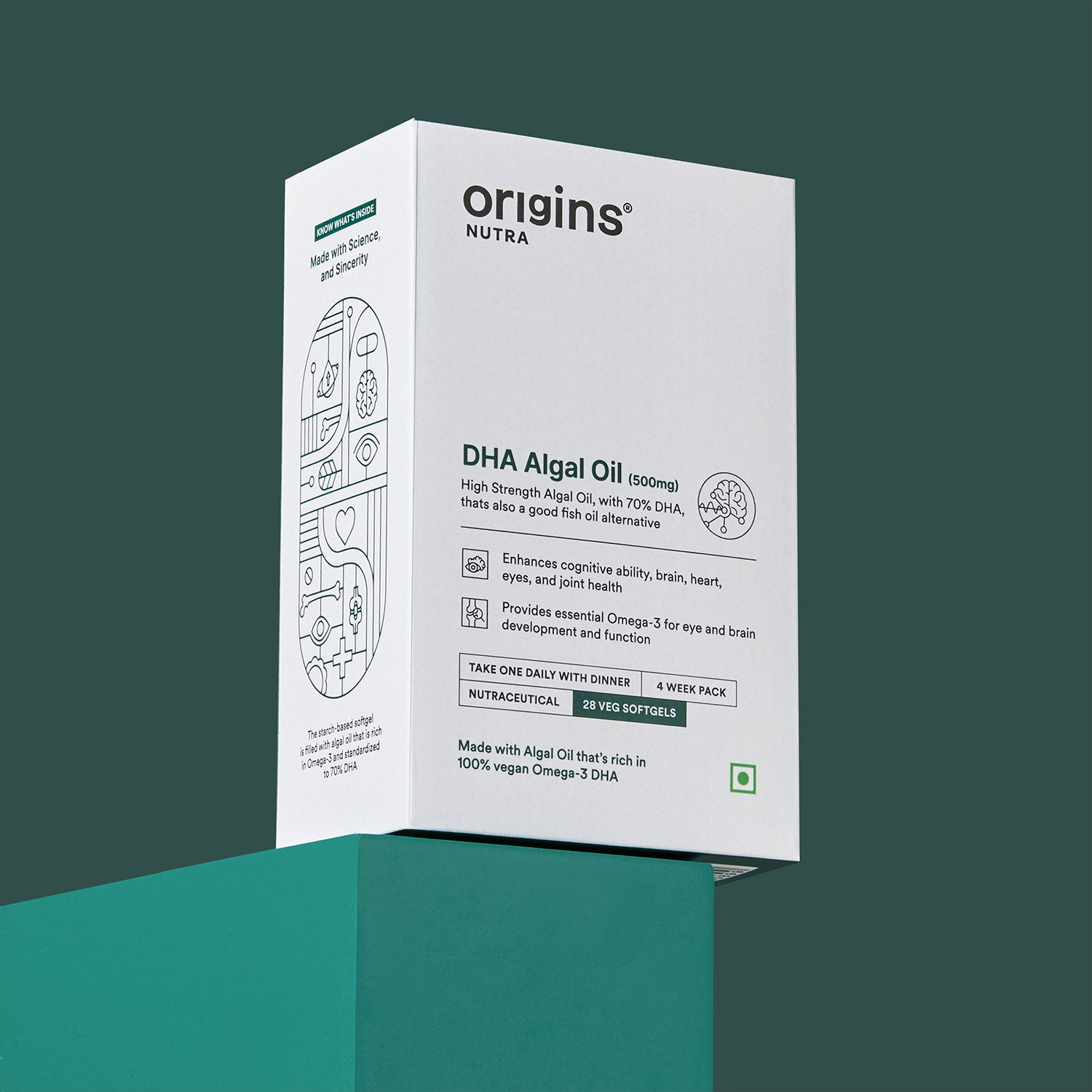
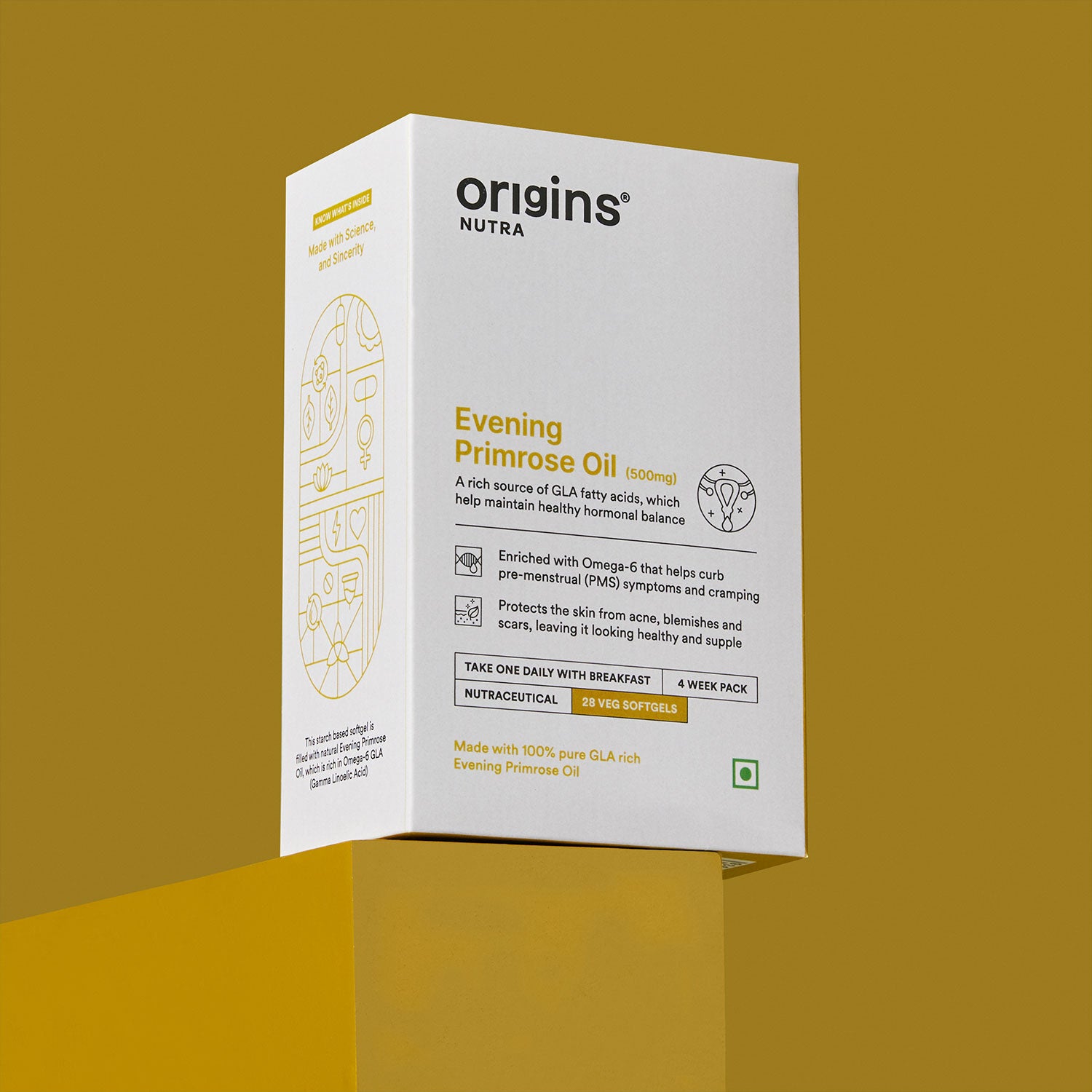



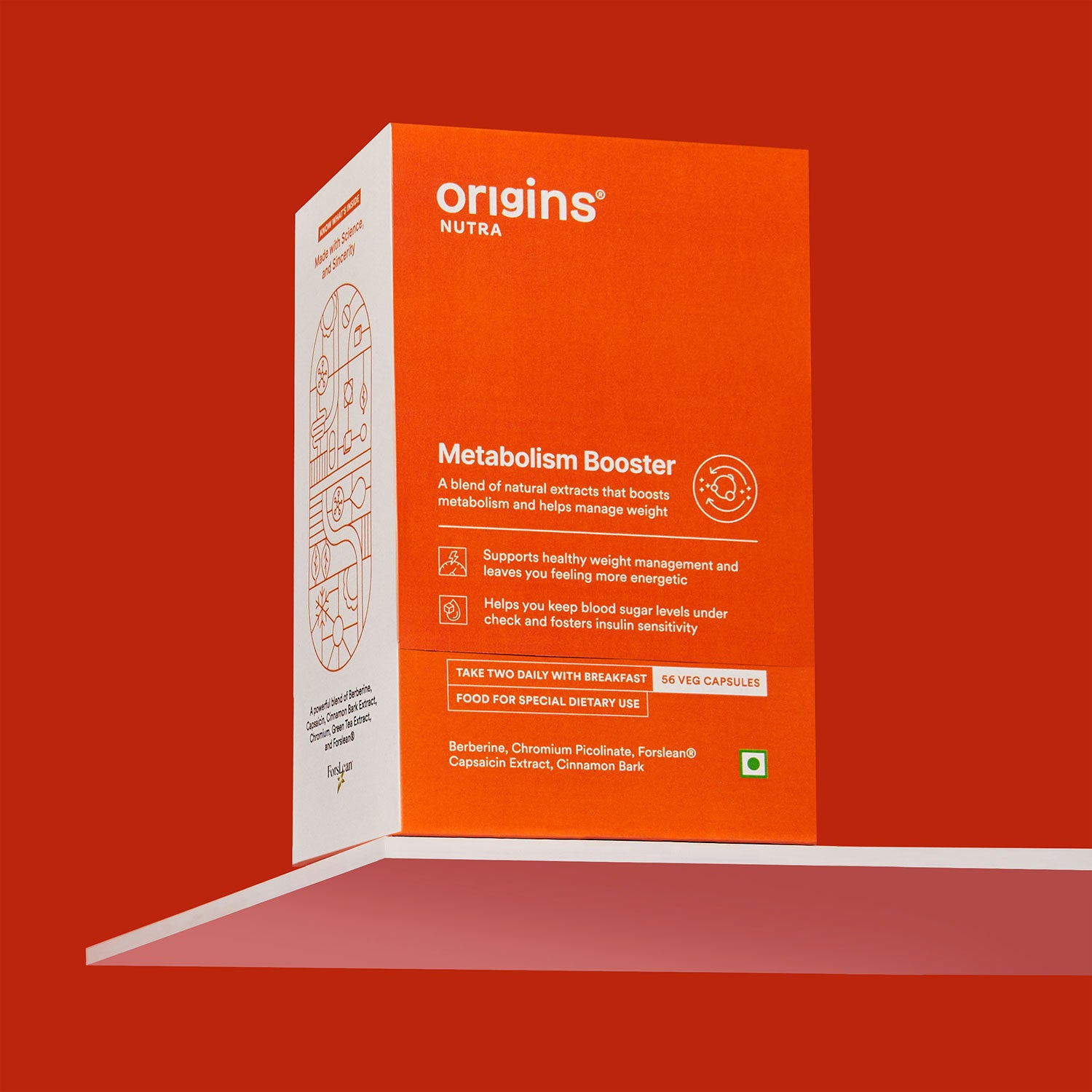
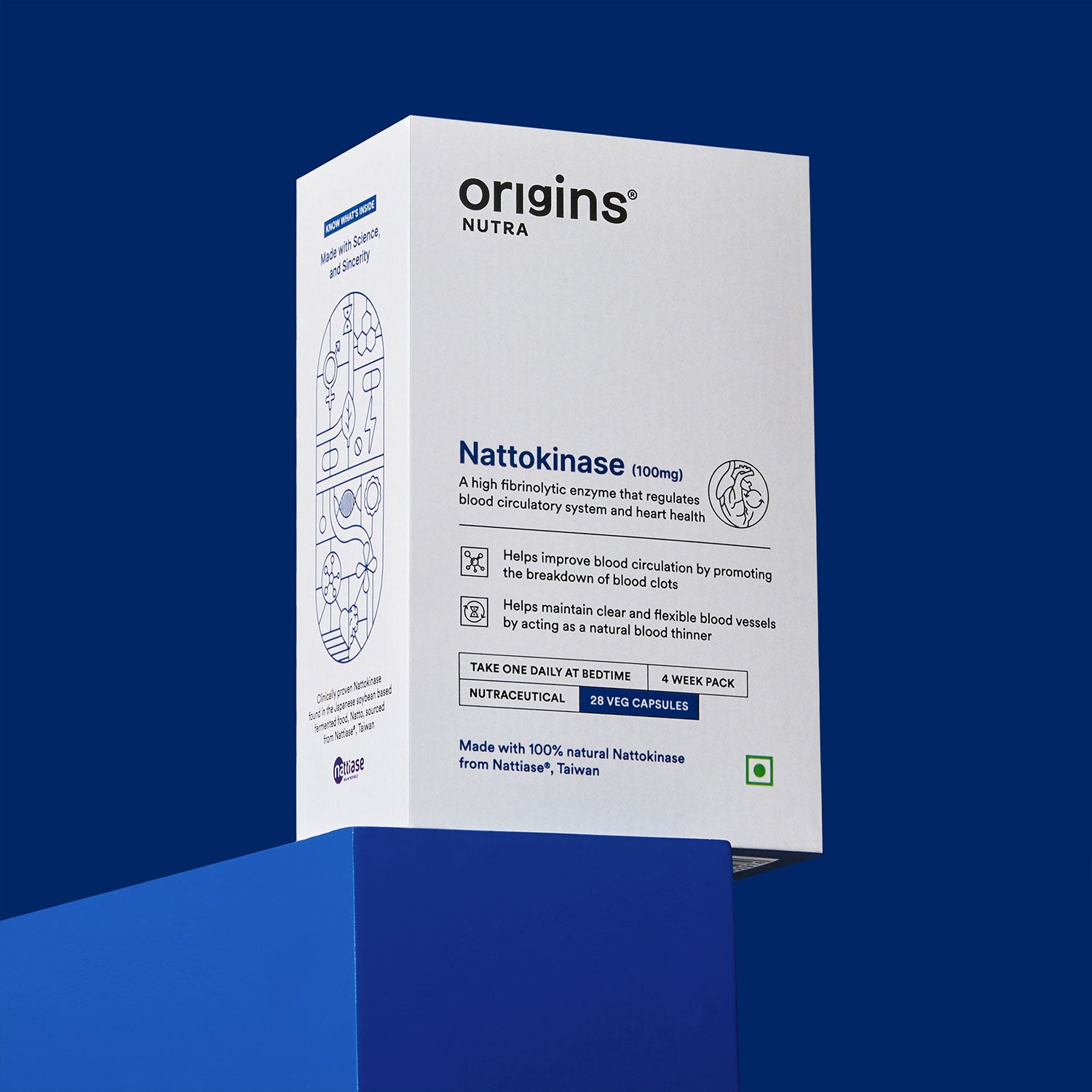


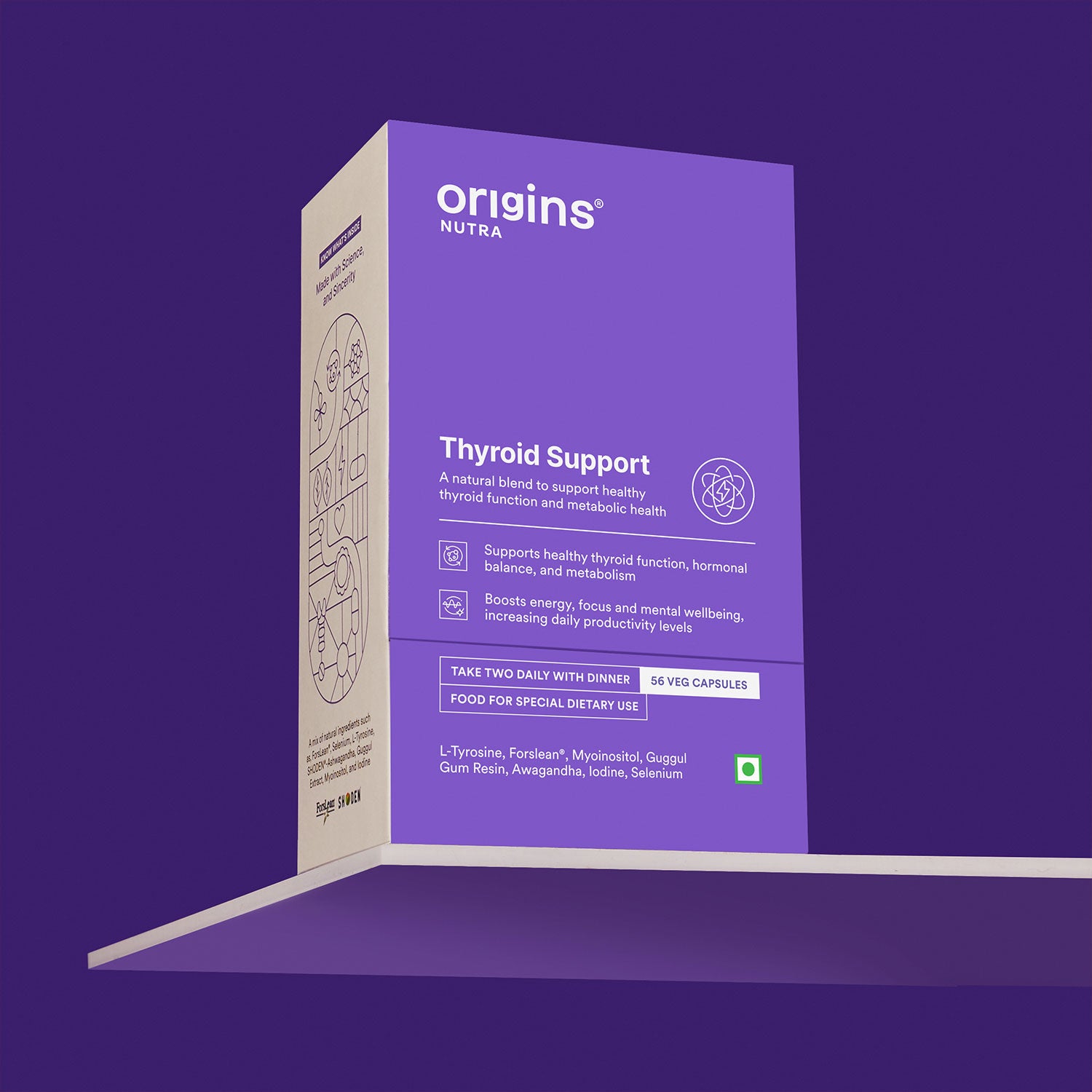
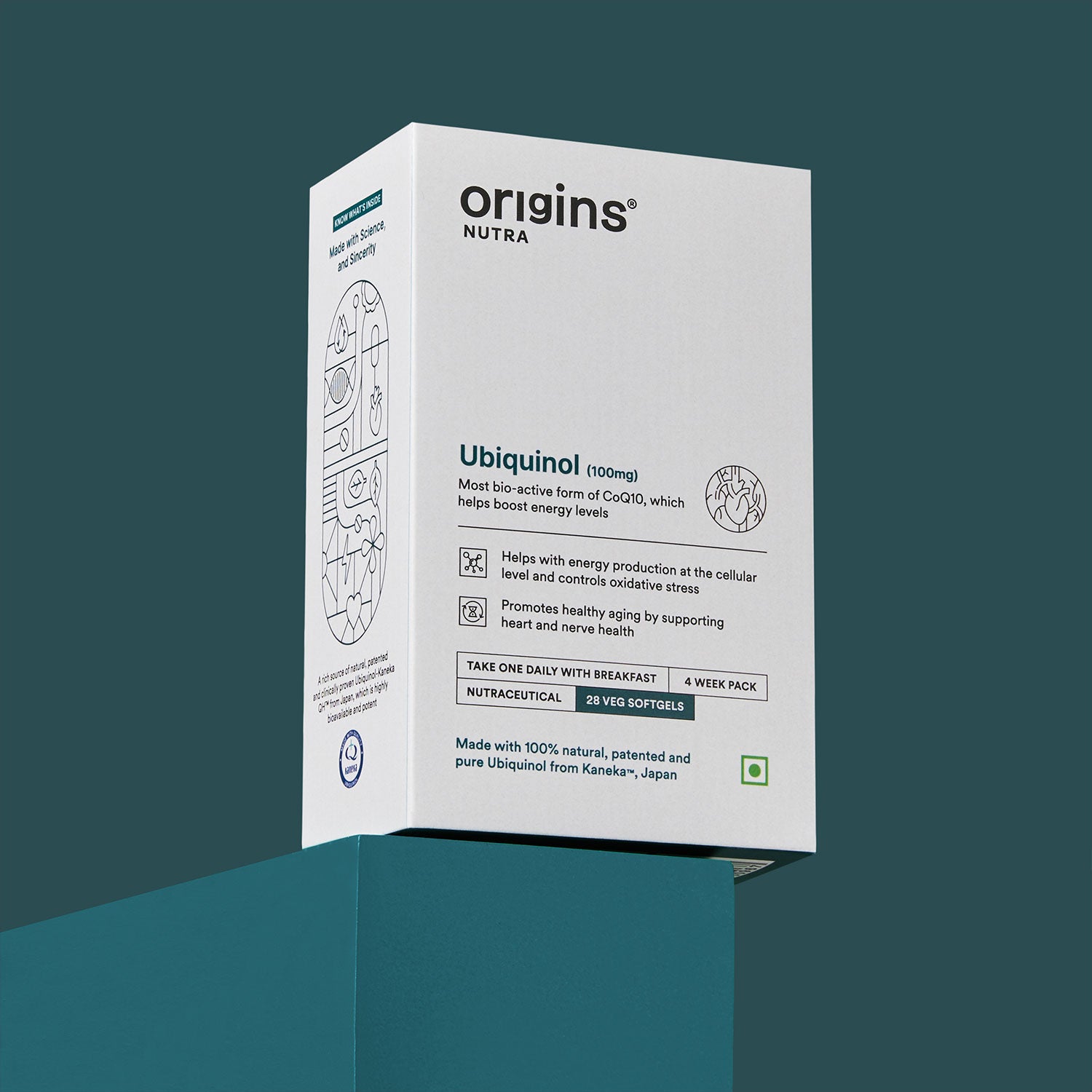














Hi Prince Nair, Thank you for sharing your health update. Low Vitamin D, sodium imbalance, borderline calcium, and elevated HbA1c levels are important markers to pay attention to. A holistic approach can be supportive, gentle lifestyle changes like mindful sun exposure, a nourishing diet rich in calcium and vitamin D, staying well-hydrated, and regular movement can make a difference. Practices like yoga, stress management, and quality sleep can also support overall well-being. Certain supplements, such as Vitamin D or blood sugar balance formulas with cinnamon, fenugreek extracts, and berberine, may be beneficial. Still, it’s always best to consult your healthcare provider to find the most suitable plan for your needs.
I am having less Vitamin D 18.1. Sodium is also less, calcoum is in border. Fasting sugar HBAIC is 205.9. To manage and maintain needed level what is to do.
Leave a comment